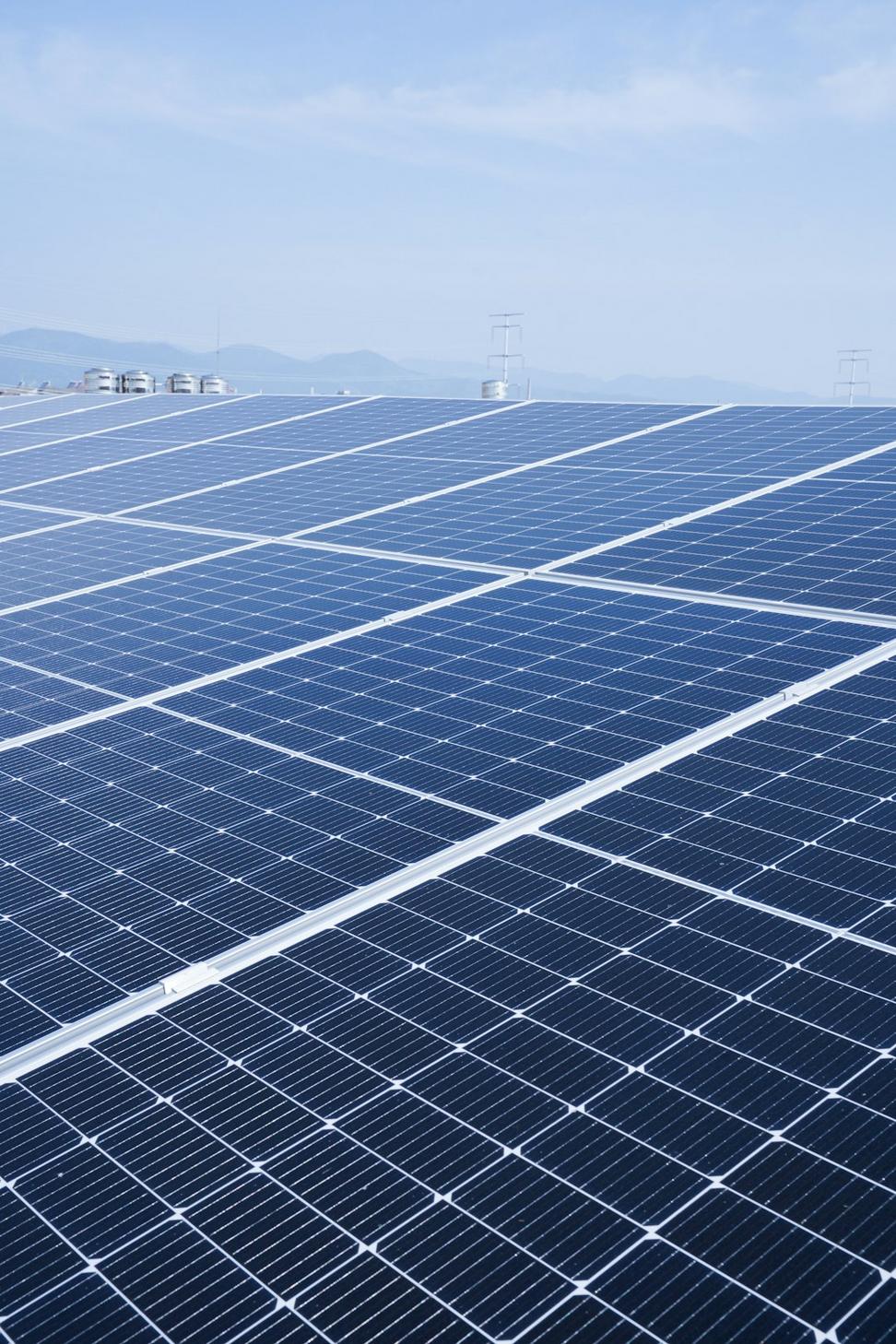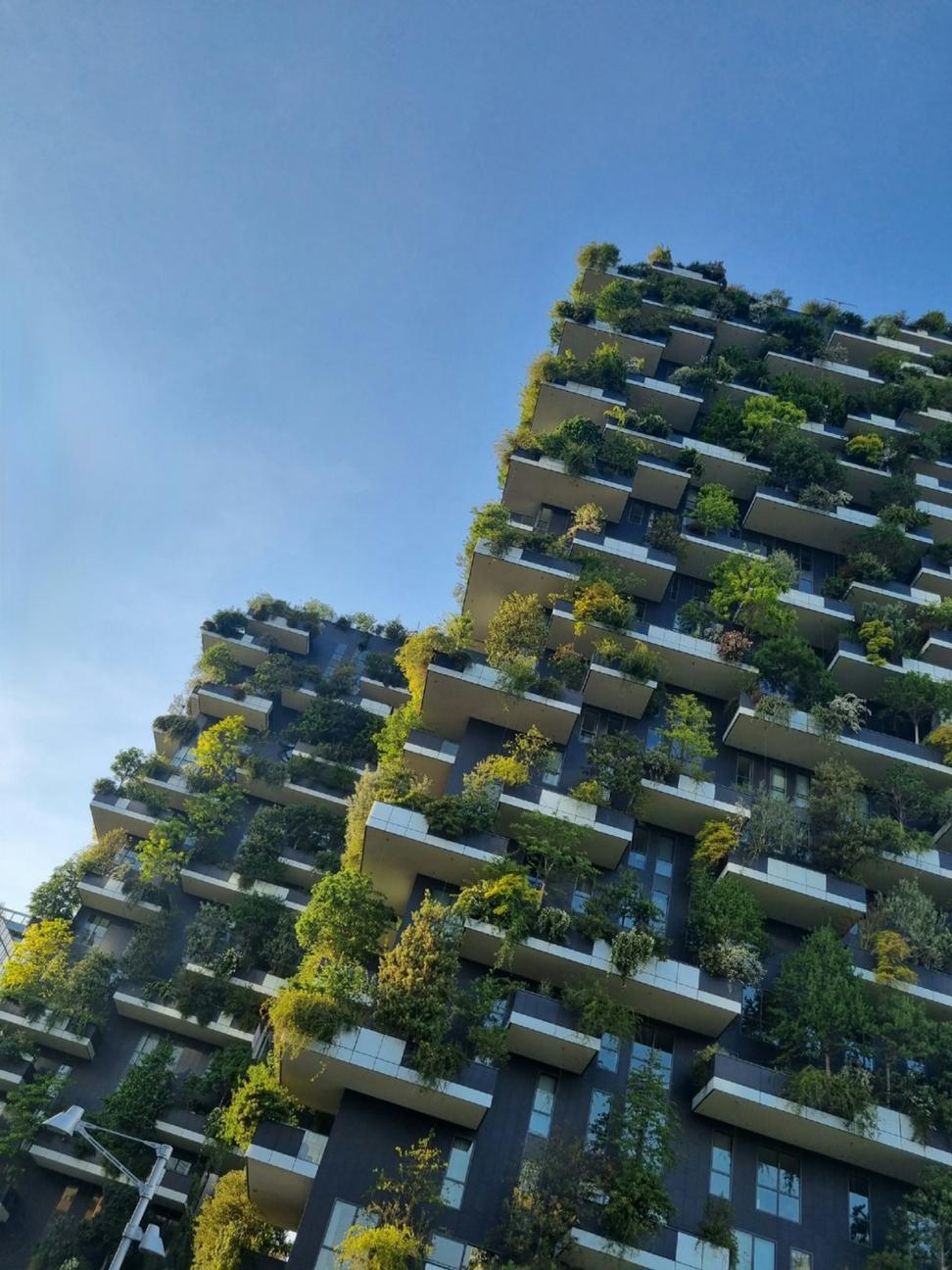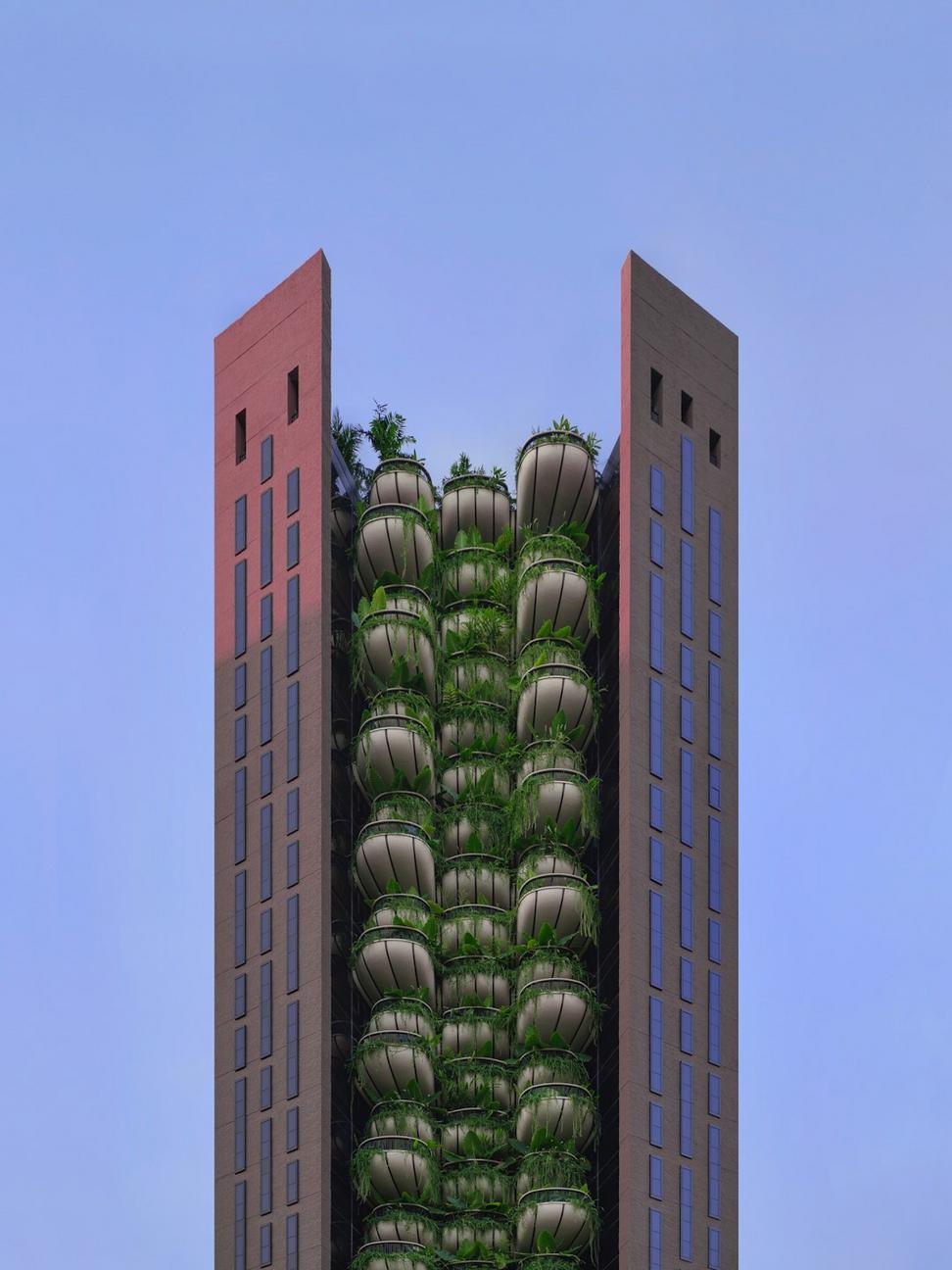Building Green,
Building Smart
Real environmental impact through tested methodologies and honest metrics

Real environmental impact through tested methodologies and honest metrics

After fifteen years of wrestling with building codes, materials science, and client budgets, I've learned that sustainability isn't about checking boxes. It's about understanding how buildings actually perform once people start using them.
Every project's different. A heritage restoration in downtown Toronto needs a totally different approach than a new industrial complex in Mississauga. We measure what matters, adapt to site conditions, and focus on strategies that'll actually work twenty years down the line.
Real-world thermal modeling and post-occupancy verification
Stormwater capture, greywater systems, and watershed impact
Local suppliers, salvaged materials, lifecycle analysis
Embodied + operational carbon tracking across project lifecycle
Developed through trial, error, and actual measurements from completed projects
We spend time on-site - measuring sun angles, checking soil drainage, talking to neighbors. Digital tools help, but boots on the ground tell you what's actually happening.
Sustainability gets baked into the concept phase, not tacked on later. Passive strategies first, then active systems where they actually make sense economically.
We track embodied carbon for every major material. Sometimes the "green" option isn't - depends on transportation, manufacturing, and expected lifespan in our climate.
We install monitoring systems and check back after occupancy. The data feeds into our next project. That's how you actually improve, not by following trends.

There's a ton of greenwashing in architecture. Anybody can slap some solar panels on a roof and call it sustainable. But if your building envelope's leaking air like a sieve, those panels are just covering up bad design.
We've seen "LEED-certified" buildings that cost a fortune to heat because someone cared more about certification points than physics. Our approach is different - start with fundamentals, measure everything, and be honest about trade-offs.
See Our ProjectsWe pursue certifications when they align with actual performance goals
Three team members hold LEED AP credentials. We've delivered 12 LEED-certified projects, ranging from Silver to Platinum.
Currently pursuing LBC certification on an industrial adaptive reuse project. It's ambitious, but we're learning a lot about net-positive design.
Two certified Passive House consultants on staff. We've completed five projects meeting Passive House performance standards in Ontario's climate.
Certifications are useful frameworks, but they're not the goal. The goal is buildings that perform well, cost less to operate, and create healthier environments for the people using them. Sometimes that aligns with certification requirements, sometimes it doesn't.
Real data from our completed projects (2020-2025)
Annual energy saved vs. baseline
CO2 emissions avoided annually
Water conserved through systems
Materials diverted from landfill
*Compared to ASHRAE 90.1 baseline standards

This 1920s warehouse conversion taught us a lot